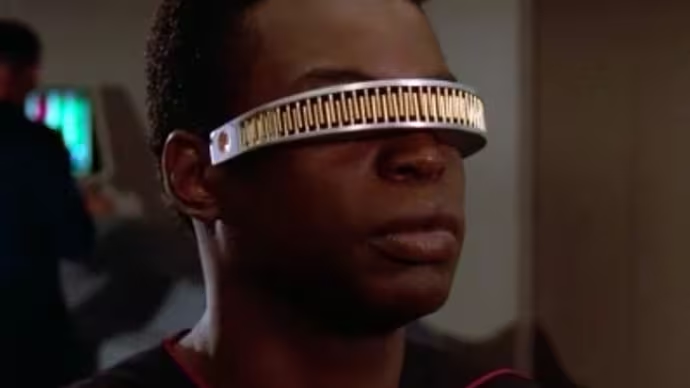In the early days of computer science, researchers at the University of Cambridge’s Computer Laboratory faced a frustrating issue—checking the status of the office coffee pot required a walk to the break room, only to sometimes find it empty.
This minor inconvenience sparked an unexpected technological innovation that would later become one of the most widely used tools in the digital world: the webcam.
The Birth of the First Webcam
In 1991, a team of researchers led by Quentin Stafford-Fraser and Paul Jardetzky devised a simple but effective solution.
They placed a black-and-white camera in the Trojan Room, where the coffee machine was located.
The camera captured an image of the coffee pot three times per minute and relayed the feed to researchers’ computer screens across the lab.
This allowed them to check the coffee levels without leaving their desks.
At first, the webcam operated exclusively on the university’s internal network, using a program called XCoffee to display the images.
However, as internet technology advanced, a new opportunity arose.
Going Global: The First Webcam on the Internet
By 1993, with the rise of the World Wide Web, Cambridge scientist Daniel Gordon connected the camera to the internet, making the Trojan Room Coffee Pot Webcam accessible to viewers around the world.
Anyone with an internet connection could now see whether the coffee pot was full or empty.
This was a breakthrough moment in internet history.
What started as a practical office hack became a pioneering example of live-streaming technology, setting the foundation for modern video communication, security cameras, and online broadcasting.
The End of an Era
The Trojan Room Coffee Pot Webcam remained online for nearly a decade. It gained cult status among internet users, drawing curiosity from people fascinated by the idea of watching an ordinary coffee pot from miles away.
However, in 2001, the Computer Laboratory moved to a new building, and the coffee pot was no longer needed.
The legendary webcam was officially switched off on August 22, 2001, marking the end of an era. The final image captured by the webcam showed the empty coffee pot, as a fitting farewell to its role in internet history.
How This Innovation Shaped the Future
The first webcam may have been a simple office solution, but its impact was profound. It demonstrated the power of real-time online communication, paving the way for technologies such as:
- Video calls and livestreaming (Zoom, Skype, Twitch, YouTube Live)
- Security and surveillance cameras with remote access
- Live-streamed events and online broadcasting
What began as an effort to monitor a coffee pot evolved into one of the most transformative technological advancements in modern digital life.
Conclusion: A Coffee-Driven Tech Breakthrough
The invention of the first webcam in 1991 at Cambridge was not just about checking coffee levels—it was an early glimpse into how the internet could connect people to real-world events in real time.
This seemingly minor innovation became the foundation for webcams, online video streaming, and live digital interactions, all of which are now essential to daily life.
While the Trojan Room Coffee Pot Webcam is no longer active, its legacy lives on in the billions of webcams and live-streaming services used worldwide today.























